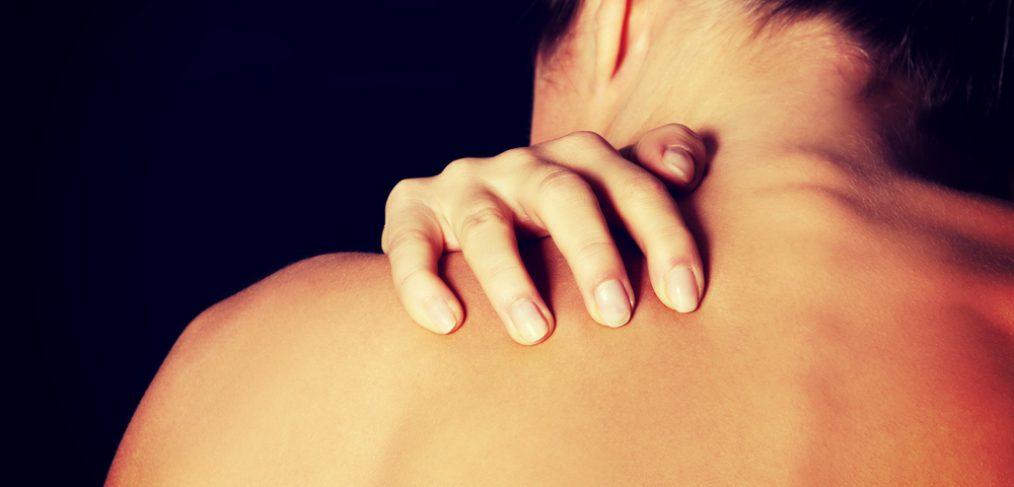The malar rash, or butterfly rash, is a facial rash that develops on the cheeks and across the bridge of the nose. It is often called the butterfly rash because its shape generally resembles a butterfly. It manifests as a red and purple, flaky rash on the face. It is not generally itchy, but can have other side effects. Here is what you need to know about what causes this rash, its other symptoms, and possible treatments.
Causes:
- Malar rash is very common in people with lupus, an autoimmune disease that weakens their ability to fight infection. A high percentage of people who suffer from this chronic disease will develop malar rash, and it can improve or worsen based on overall health.
- Facial redness is the most prominent symptom of rosacea, and can develop a malar-like rash in some cases. If chronic rosacea goes untreated, the bumpy, flaky rash characteristic of malar rash can form on the face.
- Lyme disease. This disease is most often caused by a tick bite and, in addition to its other more serious effects, can cause a malar facial rash. Lyme disease can be fatal when untreated, so see a doctor immediately if you suspect you make have this condition.
- Overexposure to sunlight. Some people are especially sensitive to UV rays and can develop a malar rash if their skin goes unprotected.
Symptoms:
- Obviously, a facial rash is the most noticeable symptom. The severity of the rash, however, can vary. On some people, it can show up as a light blush in the targeted area. In severe cases, it will become raised and scaly. It is important, especially when the rash is not as severe, to be aware of the changes in your skin’s tone and texture, as they could alert you to larger changes in your body.
- This type of inflammation, specially malar rash caused by Lupus, can result in elevated fatigue. This may be caused by your body working overtime to fight infection.
- Malar rash is also associated with a rise in body temperature, just like any other kind of inflammation, even a simple sunburn.
- Although malar rashes don’t generally itch, they can cause burning and dryness.
Treatment:
- Although staying out of the sun cannot cure most types of malar rash, it is important to protect the sensitive areas of the skin by using sunscreen and shielding the skin from harmful UV rays while a rash is present. Getting too much sun will only worsen the inflammation.
- A dermatologist can prescribe steroid creams that will help with inflammation. This will help with the rise in body temperature and fatigue.
- Avoid any type of skin irritant and only use products approved by your dermatologist.
Make sure you consult your doctor if you suspect you may have malar rash. It can be symptomatic of a more severe health problem, so make sure you are monitoring your skin closely. Never use any type of cream to treat malar rash that is not approved by your doctor- they know best!




